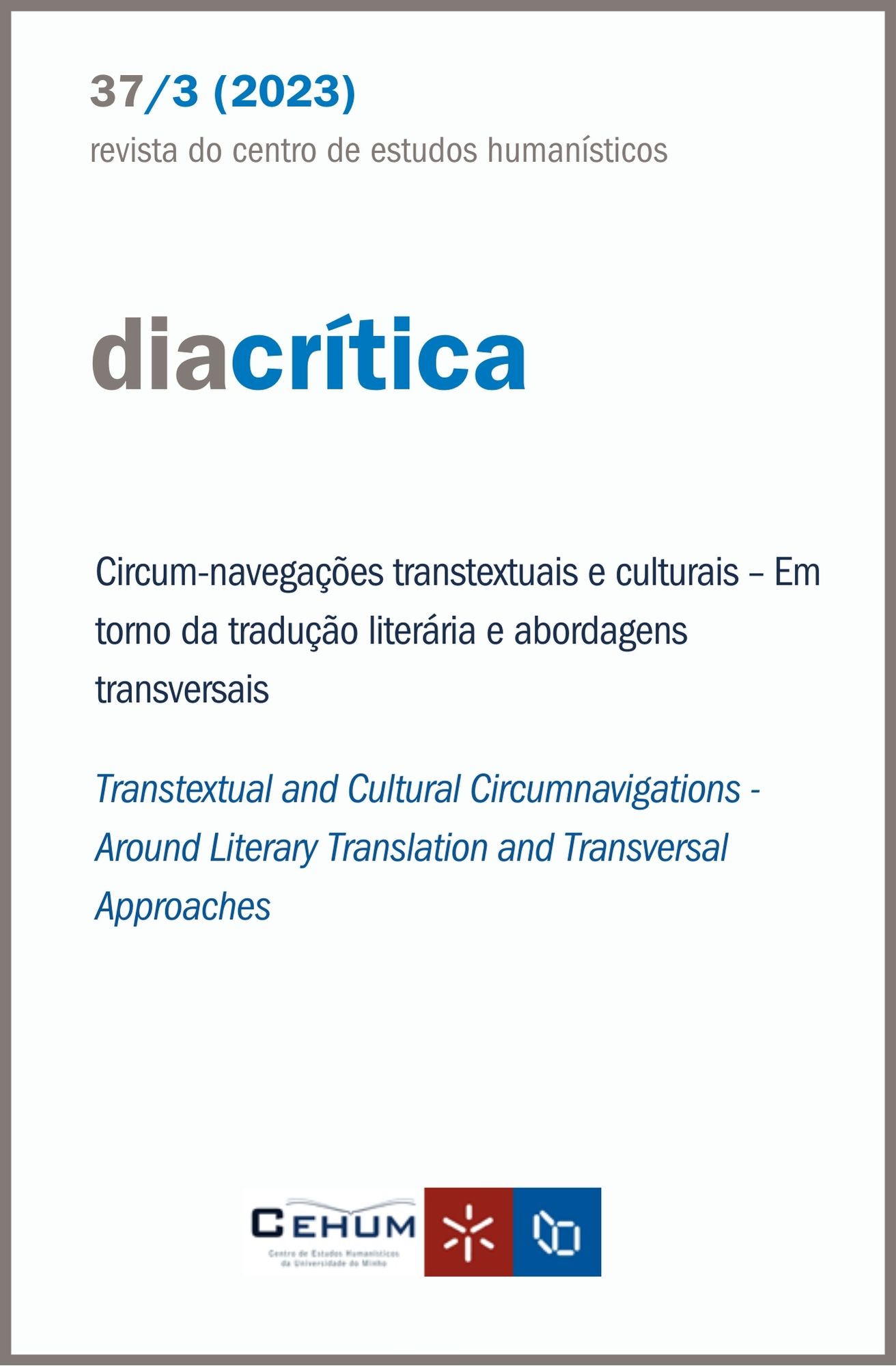The importance of revision for translation according to quality standards
DOI:
https://doi.org/10.21814/diacritica.4703Keywords:
Translation, Revision, ISO 17100 Standard, EN 15038 StandardAbstract
This paper on revision and translation aims to demonstrate the ubiquitous importance of revision for translation and the conflicts affecting both tasks. But it also intends to analyse some of the common interests that both activities share and that should serve to bring them closer together. In a synthetic approach to the most relevant definitions associated with both areas, it will be possible to analyse some of the basic procedures and some practical examples of mutual influence. From a historical perspective, starting with the work of CEN in 2003, going through the European Standard for Translation Services EN 15038 and arriving to ISO 17100 in 2015, some essential moments of this journey will be described. Afterwards, a discussion and appreciation of the advantages and disadvantages of using both skills in the translator’s profession will be offered, particularly in the publishing world, and the inescapable influence of revision on the final translation output and its publication.
References
CEN. (2006). European Standard EN 15038: Translation services – Service requirements. CEN.
ISO. (2015). Translation services — Requirements for translation services (ISO 17100:2015). https://www.iso.org/standard/59149.html
ISO. (2017). Translation services — Requirements for translation services — Amendment 1 (ISO 17100:2015 /Amd 1:2017). https://www.iso.org/standard/71047.html
Mossop, B. (2001). Revising and editing for translators. St. Jerome Publishing
Pinho, J. (2014). A tradução para edição: Viagem ao mundo de tradutores e editores em Portugal (1974-2009). Edições U.P.
Downloads
Published
How to Cite
Issue
Section
License
Copyright (c) 2024 Jorge Pinho

This work is licensed under a Creative Commons Attribution-NonCommercial 4.0 International License.










